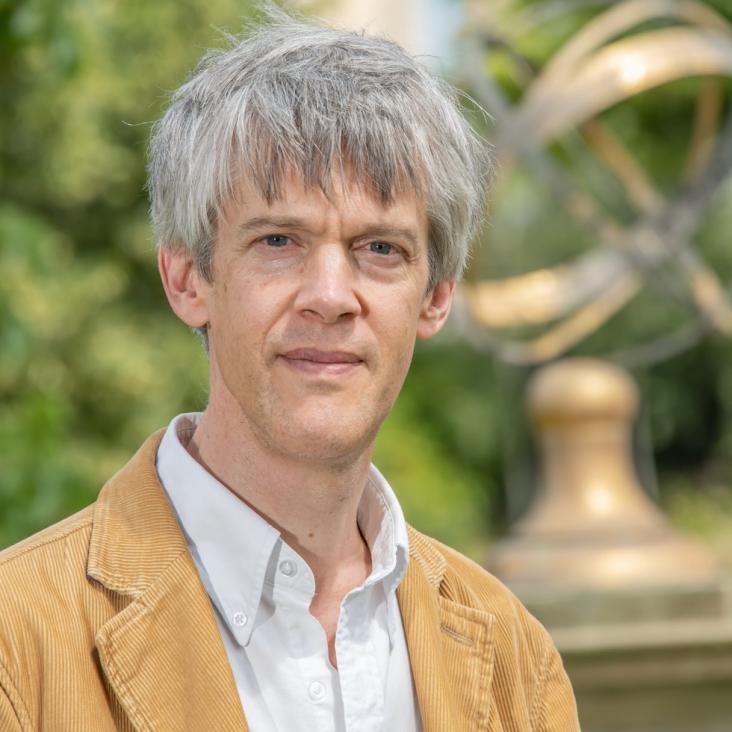Second Radiocarbon Intercomparison Program for the Chauvetpont d'Arc Cave, Ardèche, France
Radiocarbon 56:2 (2014) 833-850
Event layers in the Japanese Lake Suigetsu ‘SG06’ sediment core: description, interpretation and climatic implications
Quaternary Science Reviews Elsevier BV 83 (2014) 157-170
Analyzing Radiocarbon Reservoir Offsets Through Stable Nitrogen Isotopes and Bayesian Modeling: A Case Study Using Paired Human and Faunal Remains from the Cis-Baikal Region, Siberia
Radiocarbon Cambridge University Press (CUP) 56:2 (2014) 789-799
Abstract:
Freshwater Reservoir Offsets Investigated Through Paired Human-Faunal14C Dating and Stable Carbon and Nitrogen Isotope Analysis at Lake Baikal, Siberia
Radiocarbon Cambridge University Press (CUP) 56:3 (2014) 991-1008
Abstract:
High-Precision Bayesian Modeling of Samples Susceptible to Inbuilt Age
Radiocarbon Cambridge University Press (CUP) 56:1 (2014) 83-94


